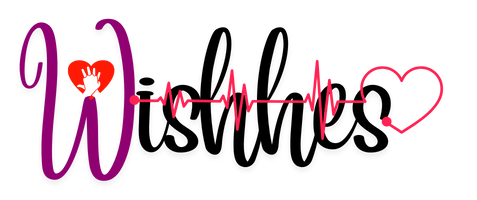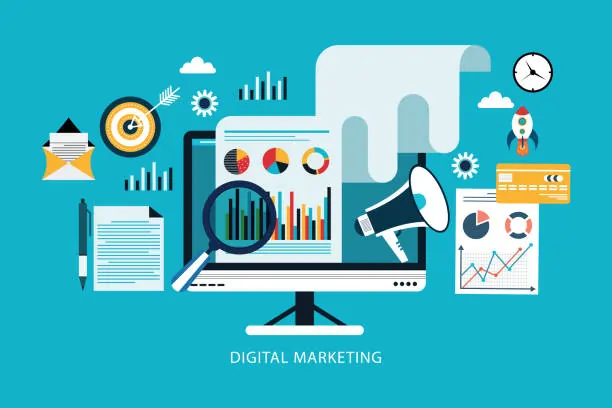Think your employee recognition program is working just fine? Think again. Many leaders assume a “thank you” now and then or an occasional award is enough, but that’s rarely the case. If your top talent feels unseen or undervalued, they won’t stick around for long.
Recognition isn’t just about perks; it’s about making people feel genuinely appreciated for what they do.
In this blog, we’ll explore the best practices for shaping a recognition approach that truly connects with your team, boosts morale, and strengthens loyalty. Let’s move beyond the basics and build a culture where everyone feels valued, every single day.
Strategic Foundation for Employee Recognition Excellence
While understanding why traditional recognition fails is crucial, building a sustainable recognition program requires a solid strategic foundation that aligns with your organization’s unique culture and goals. The most successful companies don’t treat recognition as an afterthought but as a core business strategy.
Building Your Recognition Philosophy
TeamStage’s research reveals a striking disconnect: although 77% of workers would agree to put in more effort if they were given more credit, 39% of workers feel underappreciated. This gap represents a massive opportunity for organizations willing to implement employee recognition best practices.
Your recognition philosophy should reflect your company’s mission and values. Start by defining what behaviors and achievements deserve acknowledgment. Create recognition principles that scale across departments, ensuring consistency while allowing for customization based on team dynamics.
Investing in comprehensive employee recognition software is an approach that modern organizations are increasingly adopting, as it can streamline this process significantly. These platforms provide the infrastructure needed to maintain consistency while personalizing the experience for each employee.
Data-Driven Recognition Strategy Development
Effective employee recognition depends on understanding your workforce’s preferences and needs. Use employee feedback surveys to identify recognition gaps and opportunities. Track engagement metrics to see which recognition methods drive the strongest responses.
Set measurable goals for your recognition program’s success.
Consider metrics like participation rates, employee satisfaction scores, and retention improvements. This data-driven approach ensures your recognition efforts deliver real business value.
With your recognition philosophy and data-driven strategy in place, the next critical step is understanding the psychological principles that make recognition truly effective at a neurological level.
Psychology-Powered Employee Recognition Strategies
Recognition isn’t just about making people feel goodit’s about triggering specific neurological responses that drive motivation and performance. Understanding the science behind appreciation helps you craft employee recognition strategies that create lasting behavioral change.
Understanding the Neuroscience of Appreciation
When employees receive recognition, their brains release dopamine, oxytocin, and serotonin, neurochemicals that enhance motivation, trust, and happiness. Timing is crucial for maximum impact. Recognition delivered immediately after an achievement creates stronger neural pathways than delayed acknowledgment.
Create recognition experiences that trigger positive behavioral loops. When employees associate specific actions with appreciation, they’re more likely to repeat those behaviors. This creates a self-reinforcing cycle of high performance.
Generational Preferences in Recognition
Each generation values recognition differently. While Gen Z may appreciate public praise on digital platforms, Baby Boomers often prefer more private and formal acknowledgments. Understanding these preferences allows you to tailor your recognition efforts to make them more meaningful and impactful.
A one-size-fits-all approach may fall short, so it’s important to offer a mix of recognition styles, such as public announcements, private messages, team shout-outs, or digital badges. By creating multiple channels for appreciation, you ensure that every employee feels seen, valued, and motivated, regardless of their age or background
Modern Recognition Framework Implementation
Building a comprehensive recognition ecosystem requires careful planning and integration across multiple touchpoints. The most successful programs create recognition opportunities throughout the entire employee journey, not just during performance reviews.
Multi-Channel Recognition Ecosystem
Integrate peer-to-peer, manager-to-employee, and leadership recognition into daily workflows. Each channel serves a different purpose and reaches employees at various levels. Peer recognition builds camaraderie, manager recognition provides direction, and leadership recognition reinforces company values.
Shaping employee recognition requires embedding appreciation into business processes. Recognition shouldn’t be an add-on, it should be woven into project completions, milestone achievements, and daily interactions.
Technology-Enhanced Recognition Approaches
While implementing multi-channel recognition ecosystems manually is possible, leveraging technology can dramatically amplify your program’s reach, personalization, and impact. Modern platforms use artificial intelligence to predict recognition needs and suggest personalized appreciation methods.
Integration with existing business systems ensures recognition becomes part of your employees’ natural workflow. Connect recognition platforms with project management tools, communication systems, and HR databases for seamless experiences.
Beyond basic technology integration, sophisticated recognition programs require advanced strategies that address complex organizational challenges and performance dynamics.
Advanced Employee Recognition Program Tips
Mature recognition programs go beyond basic appreciation to address specific business outcomes and organizational challenges. These advanced strategies help you maximize the impact of your recognition investments.
Performance-Linked Recognition Models
Connect recognition to specific business outcomes and key performance indicators. This creates clear links between appreciation and company success. Balance effort-based recognition with results-based acknowledgment to motivate both process improvement and outcome achievement.
Employee recognition program tips often emphasize the importance of creating recognition hierarchies that match contribution levels. Small daily contributions deserve different recognition from major project completions or innovative breakthroughs.
Measurement and Optimization
Even the most thoughtfully designed recognition programs need robust measurement systems to prove their value and guide continuous improvement efforts. Track retention rates, productivity metrics, and engagement scores to quantify your program’s impact.
Create dashboards that provide real-time insights into recognition program performance. Regular program audits help identify areas for improvement and ensure your approach remains relevant as your organization evolves.
Building Your Recognition Success Story
Creating a culture of appreciation doesn’t happen overnight, but the benefits are undeniable. Companies that implement comprehensive recognition strategies see improved engagement, reduced turnover, and stronger business outcomes.
The key lies in combining strategic thinking with genuine care for your employees’ contributions. When you invest in meaningful recognition, you’re not just acknowledging past achievements, you’re inspiring future excellence and building a workplace where everyone thrives.
Common Questions About Employee Recognition Programs
1. Which method is best for providing effective employee recognition and rewards?
Tangible rewards are straightforward, easy to understand, and often highly motivating. They provide a clear way to recognize employees for their hard work, whether it’s through a cash bonus, a gadget, or a gift card.
2. How to creatively recognize employees?
Hosting a small surprise party with decorations and cake, giving personalized gifts or cards, creating a commemorative video, or having a whole team for lunch or dinner are delightful ways to celebrate an employee’s work anniversary and foster a culture of appreciation.
3. How often should employees receive recognition?
Most experts recommend weekly or monthly recognition for maximum impact. Quarterly recognition is better than annual, but more frequent appreciation creates stronger engagement and motivation patterns among team members.
Also Read-From Honeycomb Pads to I-Pure Technology: The Science of Staying Cool with HiFlo 27




